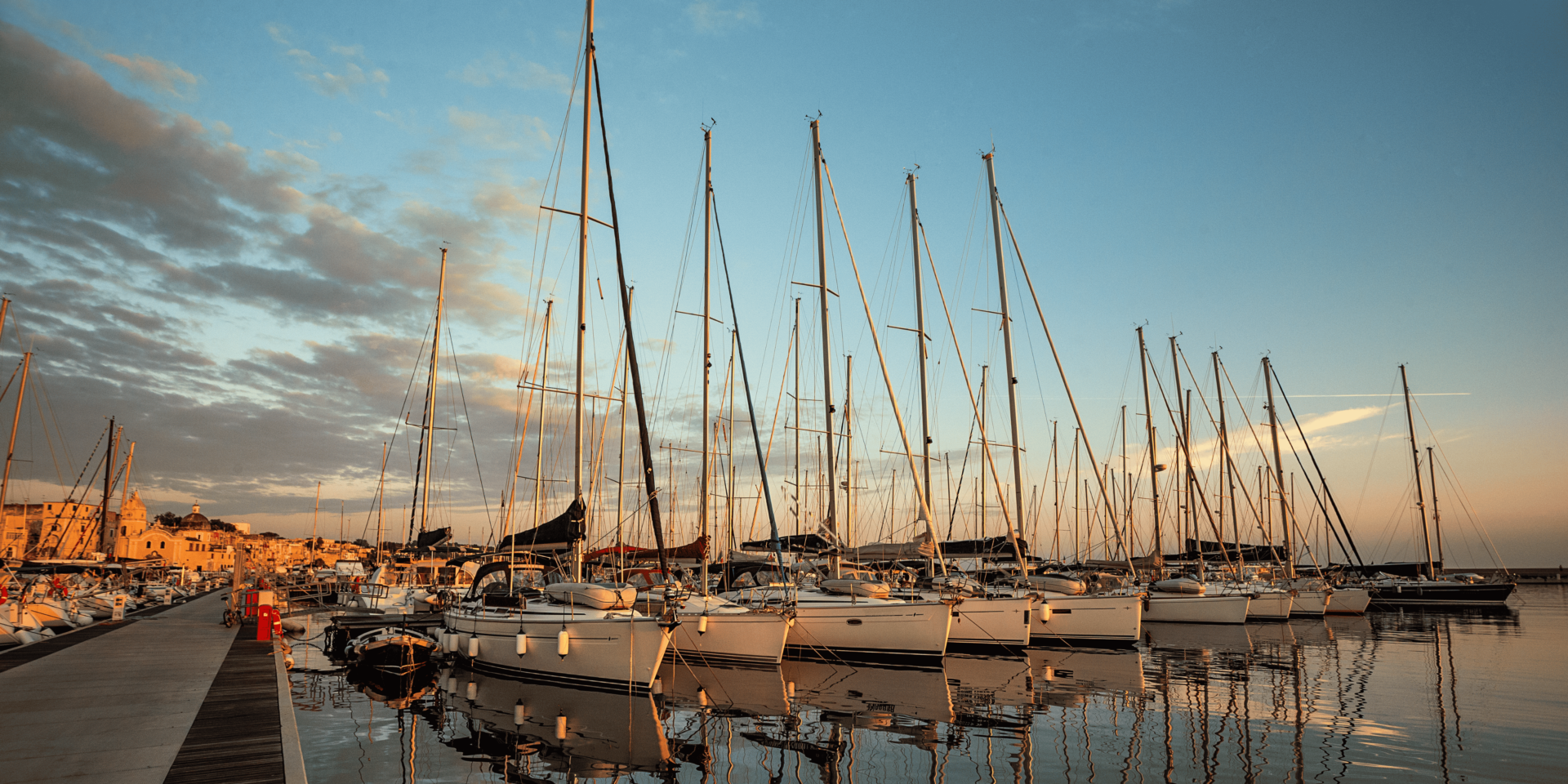Puerto Banús is known for luxury yachts, designer boutiques, and high-end dining. But beyond the flashy waterfront lies a quieter side of the town. Tucked behind the main roads and plazas are narrow alleys where traces of the past still shape the present.
In a realistic setting, a resident steps away from the marina and into a narrow lane. The air changes—cooler, quieter, and filled with the scent of stone warmed by the sun. The alley offers a different rhythm, one built on local routine rather than display. These backstreets reveal the town’s true character.
The Old Town’s Architecture Speaks Without Words
The layout and design of the older parts of Puerto Banús show how the town grew before its modern transformation. The buildings in these alleys reflect an earlier time, when the area was more about function than fashion.
Whitewashed walls curve along tight walkways. Iron balconies hang overhead, some rusted with age, others freshly painted by long-time residents. These architectural details tell the story of a fishing village that slowly became a luxury destination. The contrast reminds walkers that progress doesn’t erase the past—it builds on it.
Alleys Once Served Local Needs, Not Visitors
Many of the alleyways in Old Town Puerto Banús originally served residents rather than tourists. They connected homes, workspaces, and small markets. These paths supported daily life long before international visitors arrived.
An alley may have once led to a shared well or a family bakery. Now, it leads to a small café or boutique, yet the footprint remains the same. The way people move through the space hasn’t changed as much as the businesses around them. The original purpose of these walkways still informs how they function today.
Local Residents Preserve Hidden Traditions
Old Town Puerto Banús still holds traditions passed down through generations. Long-term residents continue to gather, celebrate, and share knowledge in ways that tourists rarely see. These customs thrive in quiet corners and familiar spaces.
In a shaded alley behind a main street, neighbors set up chairs and talk late into the night. Their conversations include stories about how the neighborhood has changed, and what still remains. These informal gatherings preserve the culture that shaped the town’s identity before it became a global destination.
Names of Streets Reflect Community Memory
Many of the narrow streets and alleys still carry names that reflect the area’s older purpose. These names provide clues about how the town operated before tourism reshaped its economy. Understanding these labels helps unlock local history.
A visitor may walk along Calle del Mar or Calle del Pescador without knowing they reference the town’s early ties to the sea. But locals remember. These names don’t just guide traffic—they protect stories. Keeping these labels intact keeps the memory of earlier Puerto Banús alive.
Light and Shade Define the Alleys’ Mood
The design of Old Town alleys affects how people feel when they walk through them. Tall walls and tight turns limit sunlight, creating cooler, darker paths that offer relief from the strong coastal sun. This interplay of light and shadow influences how the space is used.
During the hottest hours, locals might walk through these shaded paths instead of open streets. The cooler air and soft light slow movement and lower noise. This shift in tempo allows people to pause, reflect, or simply enjoy a break from the bright marina environment.
History Lives in Everyday Routines
In the older areas of Puerto Banús, daily habits hold historical value. A resident’s routine—sweeping a doorstep, hanging laundry, or greeting neighbors—connects past to present. These patterns often go unnoticed by visitors focused on attractions.
One person’s quiet task reflects decades of repetition and inherited behavior. These routines build continuity between generations and root the space in memory. They also show that, while the town has changed on the surface, its people still follow rhythms that shaped it from the beginning.
Small Shops Maintain a Slower Economy
Hidden within Puerto Banús’s old alleys are shops that operate differently from their luxury neighbors. These businesses, often family-run, rely on local customers and long-term trust. They reflect an economy built on relationship, not spectacle.
A seamstress, a locksmith, or a small grocery store still serve those who live year-round in the town. These shops don’t advertise widely or update their signage often, but they survive by staying useful. Their continued presence grounds the neighborhood in practical, everyday life.
Restorations Blend Preservation With Change
Maintaining the old alleys of Puerto Banús takes effort. As the town grows, property owners face pressure to modernize. But many choose to preserve original features while making quiet updates. This blend keeps the area functional without losing its style.
A home might receive new windows but keep its old stone frame. A storefront might get new lighting but retain its hand-painted sign. These small acts of balance ensure that the Old Town remains livable and beautiful without becoming a replica of itself.
Walking the Alleys Reveals a Slower Story
The fast pace of Puerto Banús slows inside its older alleys. Walking through these spaces takes time, not because of distance, but because the environment invites closer attention. Texture, sound, and silence play a larger role here.
A resident walks the same path each evening, noticing how the light changes on the walls and how the breeze shifts between buildings. This repeated motion becomes a quiet ritual. It gives meaning to place without needing noise or attention. In the Old Town, the most lasting stories are often the ones you hear only if you listen closely.

